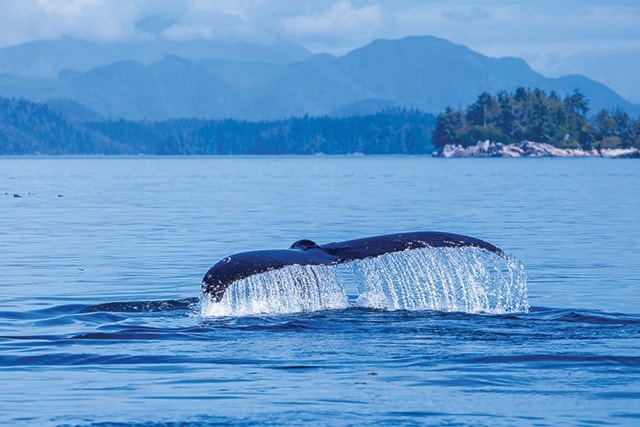Wednesday was World Oceans Day. Proposed in 1992 by the Government of Canada at the Earth Summit in Rio de Janeiro, it was recognized by the UN in 2008.
As a nation with a shoreline totalling 243,000 kilometres (the longest in the world), Canada has a huge vested interest in the health and biodiversity of the three oceans – Pacific, Arctic, and Atlantic – that shape our shores.
Oceans have always been a primary source of nourishment. We learned long ago how to fish. Now, the ocean provides over 25 per cent of the protein used to feed the world’s population and that translates into a market value of close to $3 trillion a year. Ocean plankton provides more than half the planet’s oxygen. Some 60 per cent of the world’s population lives within 100 kilometres of the ocean and three billion people depend on marine and coastal resources for their livelihood.
But in our dependence on the ocean comes misuse. Carbon emissions have created acidic waters which inhibit shell growth in marine animals, cause reproductive disorders, and kill coral reefs that provide shelter for some 4,000 species of fish.
Agricultural and industrial run-offs have led to ocean regions being depleted of oxygen, creating dead zones where marine animals either die or are forced to leave.
Eighty-five per cent of the world’s commercial fish stocks are over-exploited and have been pushed beyond their biological limits to reproduce. A classic example was the collapse of the cod fishery off the east coast in the mid-1990s. Now that same story is being repeated by European Union fishing fleets overfishing cod in the North Sea. Today, the global fishing fleet is two to three times larger than the ocean can sustainably support due to inadequate fisheries regulations, lack of enforcement, and vessels flying flags of convenience (countries other than their own) that allow them to take illegal or unreported catches. Add to that pollution (industrial effluents, raw sewage, and spills from oil tanker shipping) and mismanagement such as the destruction of mangrove forests that protect shores against tidal surges, hurricane winds and floods.
Floating in the middle of the North Pacific is the Great Pacific Garbage Patch, a soupy mix of marine debris from lost fishing nets to plastics circulating in a gyre of wind and ocean currents greater than the size of Texas. Earlier this year, the World Economic Forum reported that the best research estimates are that there are 150 million tonnes of plastics in the ocean today. If business-as-usual continues, by 2050 plastic trash will outweigh all the fish in the sea.
An encouraging announcement Wednesday was that Shell Canada is handing over 30 offshore exploration permits in the eastern Arctic to the Nature Conservancy of Canada. Those permits will then be given to the federal government.
Shell has owned the permits since 1971 but stopped exploration after an environmental review and a moratorium on drilling in 1978.
The permits represent some 800,000 hectares which will extend the proposed 4.45 million hectare national marine protected area in Lancaster Sound, one of the world’s richest marine mammal regions where seals, beluga and bowhead whales as well as 75 per cent of the world’s narwhals spend their summers.
There is urgent pressure to protect and stringently manage the Arctic regions given melting sea ice which will allow greater infiltration of the north by international fishing fleets that see a free-for-all catch of Arctic seafood.
The Trudeau government made an election promise to set aside five per cent of marine and coastal areas by 2017 and Canada is expected to set aside 10 per cent of coastal and ocean territory by 2020 under the UN Convention on Biodiversity.
